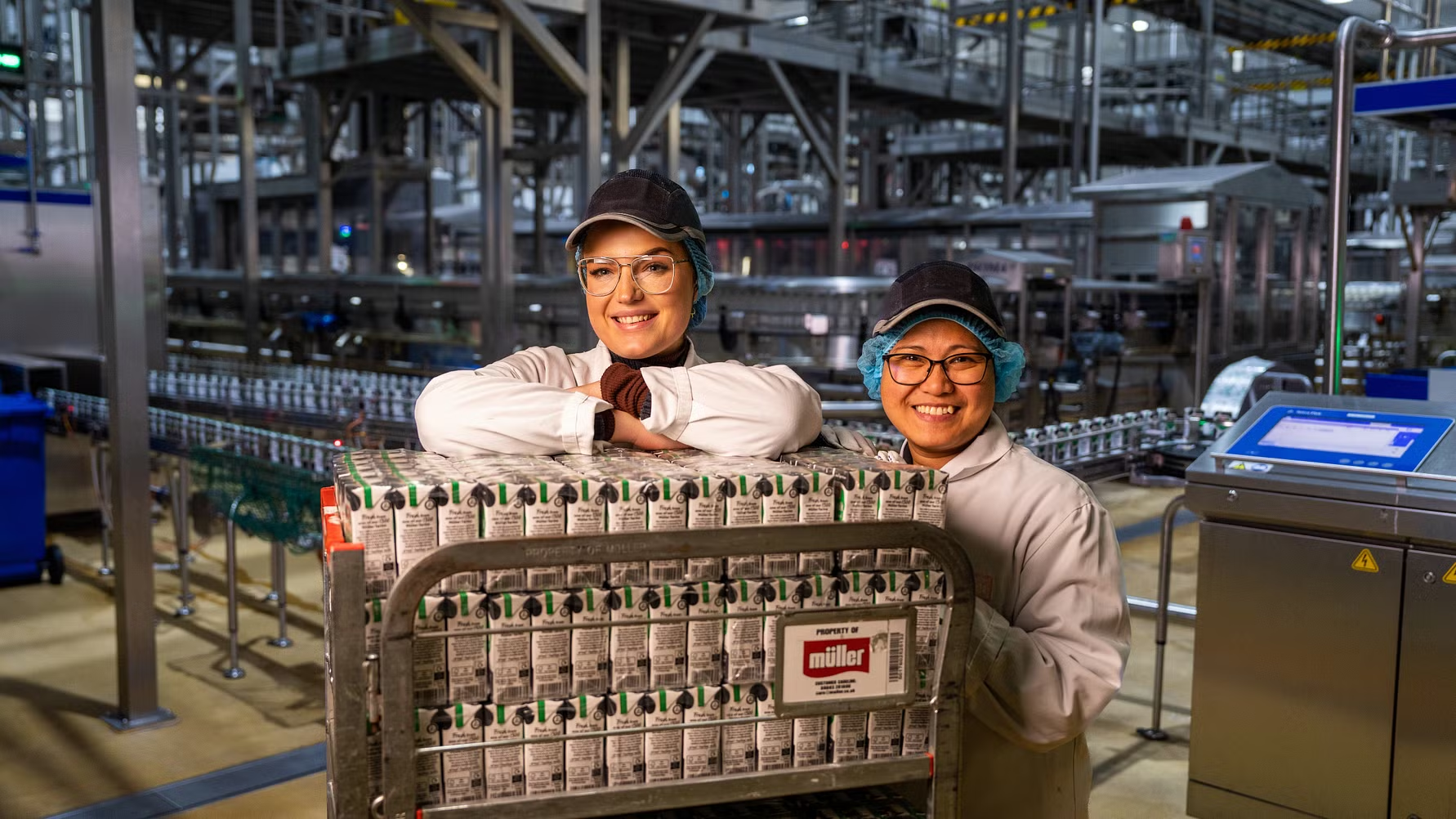Nestlé opens its most water efficient factory in Mexico
- Like
- Digg
- Del
- Tumblr
- VKontakte
- Buffer
- Love This
- Odnoklassniki
- Meneame
- Blogger
- Amazon
- Yahoo Mail
- Gmail
- AOL
- Newsvine
- HackerNews
- Evernote
- MySpace
- Mail.ru
- Viadeo
- Line
- Comments
- Yummly
- SMS
- Viber
- Telegram
- Subscribe
- Skype
- Facebook Messenger
- Kakao
- LiveJournal
- Yammer
- Edgar
- Fintel
- Mix
- Instapaper
- Copy Link
Posted: 23 October 2014 | Nestlé | No comments yet
Nestlé has opened its most water efficient factory in the world in Mexico, in a move that the company plans to replicate in other Nestlé factories globally…


Nestlé has opened its most water efficient factory in the world in Mexico, in a move that the company plans to replicate in other Nestlé factories globally.
Through new processes that deliver significant efficiencies, Nestlé’s Cero Agua dairy factory in the central, water-stressed state of Jalisco will move towards being a zero-water factory.
It will use mostly recycled water from its dairy operations.
‘Fragile resource’
The water resource savings are equivalent to the volume needed per day to fill an Olympic-size swimming pool, or enough water to meet the average daily consumption of 6,400 people in Mexico.
Over the past 60 years, the amount of water available for each person in Mexico has declined drastically due to population growth.
Saving groundwater is therefore important for the continued wellbeing of local populations.
“In Mexico, and around the world, water is a vital and fragile resource,” said Nestlé CEO Paul Bulcke.
“Due to the relevance of water in the production of food and its role in the preservation of life, Nestlé worldwide will continue to pursue initiatives that contribute to the maintenance and access to natural resources.”
Reusing water
The Cero Agua dairy factory takes fresh cow’s milk, normally around 88% water, and heats it at low pressure to remove some of its water content.
The resulting steam is then condensed and treated and used to clean the evaporating machines themselves.
Once the machines have been flushed out, the water is then collected once more, purified and recycled a second time.
The water can then be reused for watering gardens or cleaning.
Reusing water from the milk in this way removes the need to extract groundwater for operations.
The amount of groundwater that the Cero Agua dairy saves each day, around 1.6 million litres, will amount to roughly 15% of the total water used by Nestlé in Mexico each year in its factories, operations and offices.
Cutting Nestlé water use
Such water savings are part of Nestlé efforts to promote the “conservation, treatment, recycling and water efficiency in our operations and among farmers, suppliers and other partners in our supply chain,” said Marcelo Melchior, who heads Nestlé Mexico.
The Cero Agua project is just one of a number of water-saving initiatives the company has introduced at its factories around the world in recent years.
These have allowed Nestlé to reduce total water withdrawal in absolute terms by almost one-third globally over the past 10 years, while increasing production; water use per tonne of product has fallen by half.
Worldwide, Nestlé aims to further reduce its water withdrawal per tonne of product by 40% by 2015, compared to 2005.
In 2013, Nestlé published its Commitments on Water Stewardship, highlighting the importance of water access and conservation.
These W.A.T.E.R. commitments are to:
- Work to achieve water efficiency across our operations
- Advocate for effective water policies and stewardship
- Treat effectively the water we discharge
- Engage with suppliers, especially those in agriculture
- Raise awareness of water access and conservation
Nestlé and water stewardship quick facts:
- Nestlé currently has more than 170 water-saving projects in its factories, saving 3.6 million m3
- 6.7 million m3 of water was recycled or reused within our operations in 2013
- Nestlé has reduced water withdrawals by 33.3% per tonne of production since 2005
- Water discharges per tonne of product have been reduced by 48.5% since 2005









